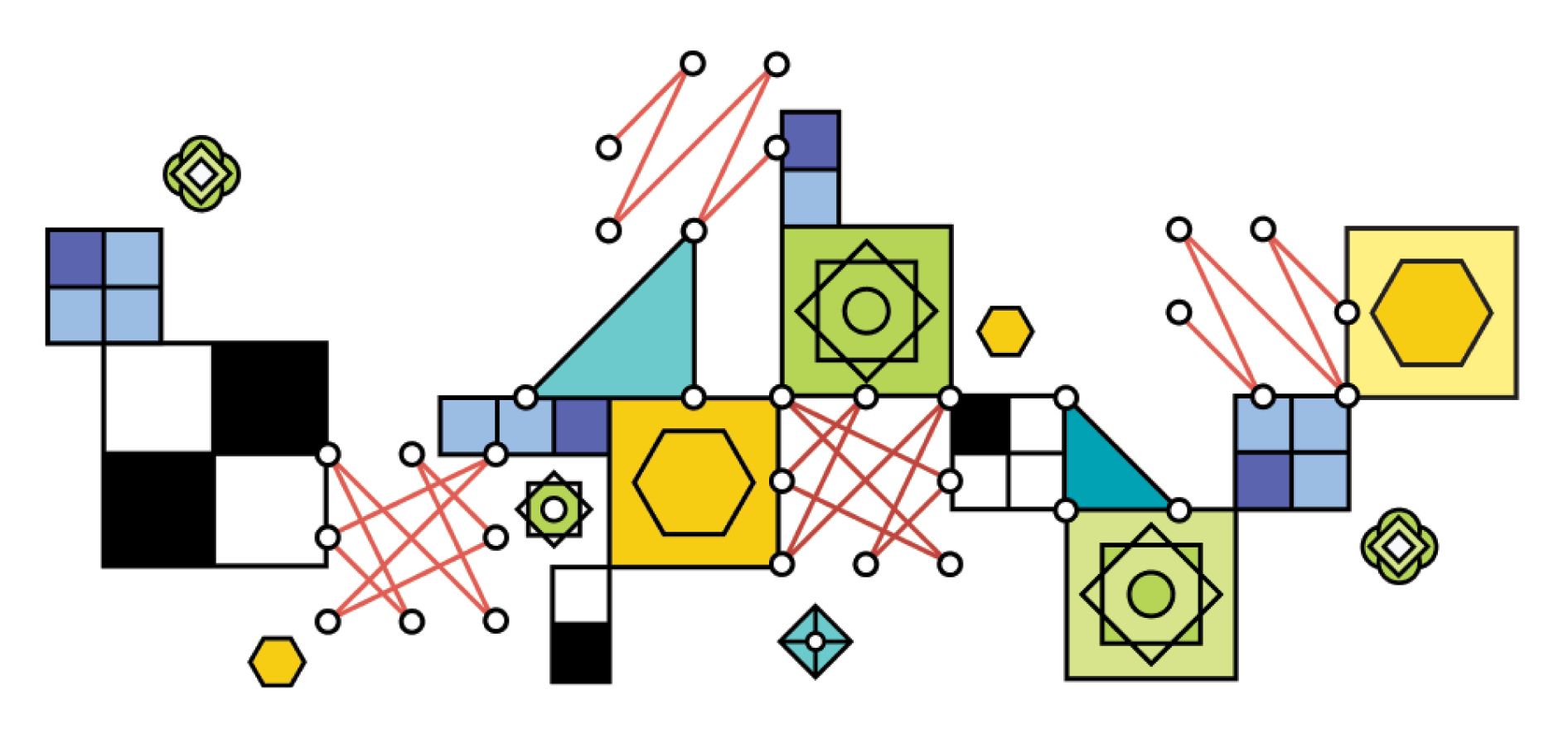

ET).Īnd, yes, there are people up at 3 a.m. The game launched as a weekly feature in The New York Times Magazine in 2014 and a daily digital edition debuted four years later.Īs of August last year, Spelling Bee has been maintained by Sam Ezersky, who constructs the puzzles, decides what words are acceptable and posts the new game at midnight PT (3 a.m. Our games act as a kind of social outlet for like-minded puzzle lovers." There are local Wordplay groups that meet up in real life to get to know each other. "Wordplay commenters have helped and supported each other when personal problems arise. "I can't think of any other newspaper games section that draws such a devoted and enthusiastic audience," she said. "What comes to mind when I think about our solvers is 'community,' in the best meaning of the word," Amlen said. Spelling Bee enthusiast Nancy Pfeffer became so enamored with the game's online "family" that she embarked on a 5,000-mile cross-country road trip last summer to meet some of her fellow players in person. The Spelling Bee comment section is filled with gripes and brags, peppered between clues to help struggling members of the Hivemind figure out all the possible words and achieve "Queen Bee" status. "But don't all families disagree sometimes?" "Of course, everyone has a different opinion about whether a clue or word is 'fair,' and solvers are not afraid to express that," Wordplay columnist Deb Amlen told CNET. Proper nouns aren't recognized, nor are obscure or obscene words - but exactly what qualifies as obscure is hotly debated through multiple threads. (A "pangram" uses all seven letters at least once.

Words with four letters are worth one point, while longer words receive more. You can reuse letters as often as you want, but each word must contain the center letter. Players simply come up with as many words containing at least four letters as they can. It's easy to learn the game but tough to master it: Each puzzle features a seven-cell honeycomb, with six letters arranged around a seventh in the center. New York Times/Screenshot by Dan Avery/CNET Spelling Bee started out as a weekly puzzle in the New York Times magazine before becoming a daily feature on the NYT Games app in 2018. Outside of the daily crossword puzzle, Spelling Bee has the most devout following, with a daily column by Isaac Aronow and more than 600 comments a day on average. For the Chinatown architectural firm Food New York, the fast-paced tile game offers a chance to find more seats at more tables for the city’s creative scene. (Spoiler: You can view that script on Medium.) Spelling Bee In fact, all the words in Wordle for the next five years were written into a script before the game launched in October 2021. "Nothing has changed about the gameplay," Times' communications director Jordan Cohen told CNET in an email. Wordle players have all kinds of strategies - including starter words, like "ADIEU" and "ROATE," that are heavy on vowels.Īnd despite complaints, the daily word game has not gotten more difficult since it was purchased by the Times. A letter that isn't in the word at all shows up gray. If the right letter is in the right spot, it shows up in a green box, while a correct letter in the wrong spot shows up in yellow. On the off chance you've never played, the immensely popular word game gives you six chances to guess a five-letter word. With more than 500,000 subscriptions (that is, people paying to play) to the Crossword, The Times has been drawing on its popularity to expand its games portfolio over the last year, first with the launch if Spelling Bee in 2018, followed by Letter Boxed in February of this year.The Times announced it acquired Wordle at the end of January, for an undisclosed sum in the "low seven figures." Crossword subscribers will have access to Tiles’s special features, including “zen mode” which offers never-ending play, as well as the ability to pick their favorite set of tiles to solve.
#TILES NYT GAME PASSWORD#
Players can tap more tiles to remove more shapes and must clear the entire board to win.Īfter players play their first game, they will be asked to register with an email address and password for access to play more.

When two tiles are tapped, all elements they share will disappear. Tiles players are presented with a collection of “tiles” composed of layered shapes (the initial tile sets were inspired by Portuguese and Parisian tiles). One additional strategy around launching Tiles is to reach users who may not be native English-language speakers.
#TILES NYT GAME FREE#
Tiles is the first game created by The Times that is not a word game and it’s the first free game The Times has offered since it launched its highly successful Mini Crossword in 2014. The Times has been actively expanding its portfolio of challenging but accessible puzzles to provide a wider array of game options for different types of game players.


 0 kommentar(er)
0 kommentar(er)
